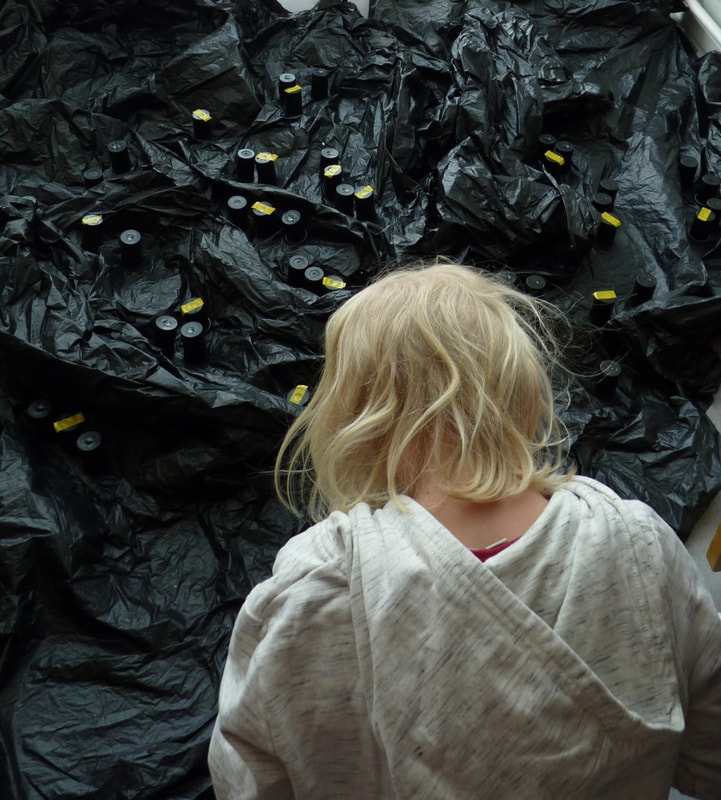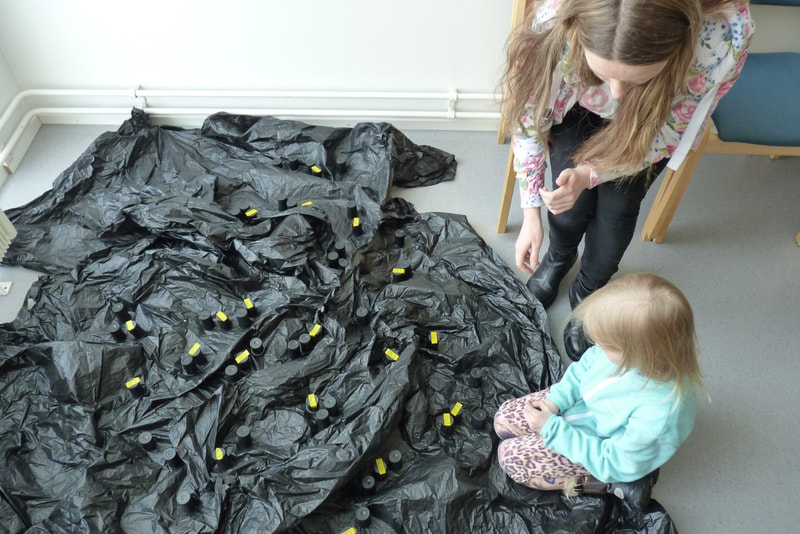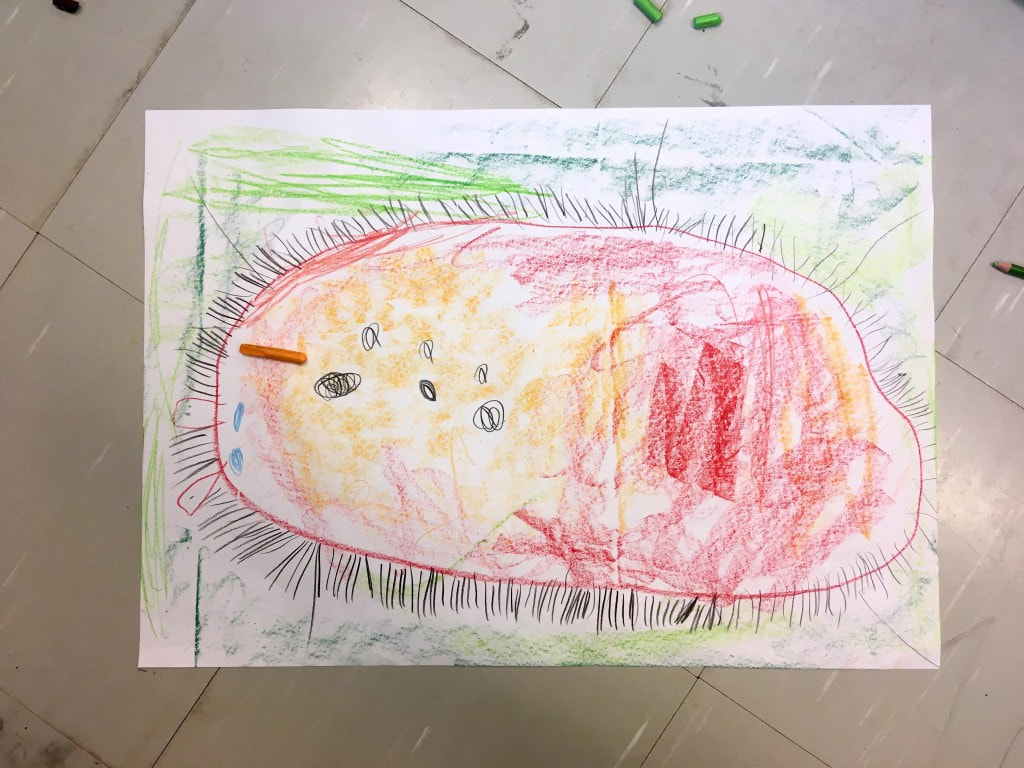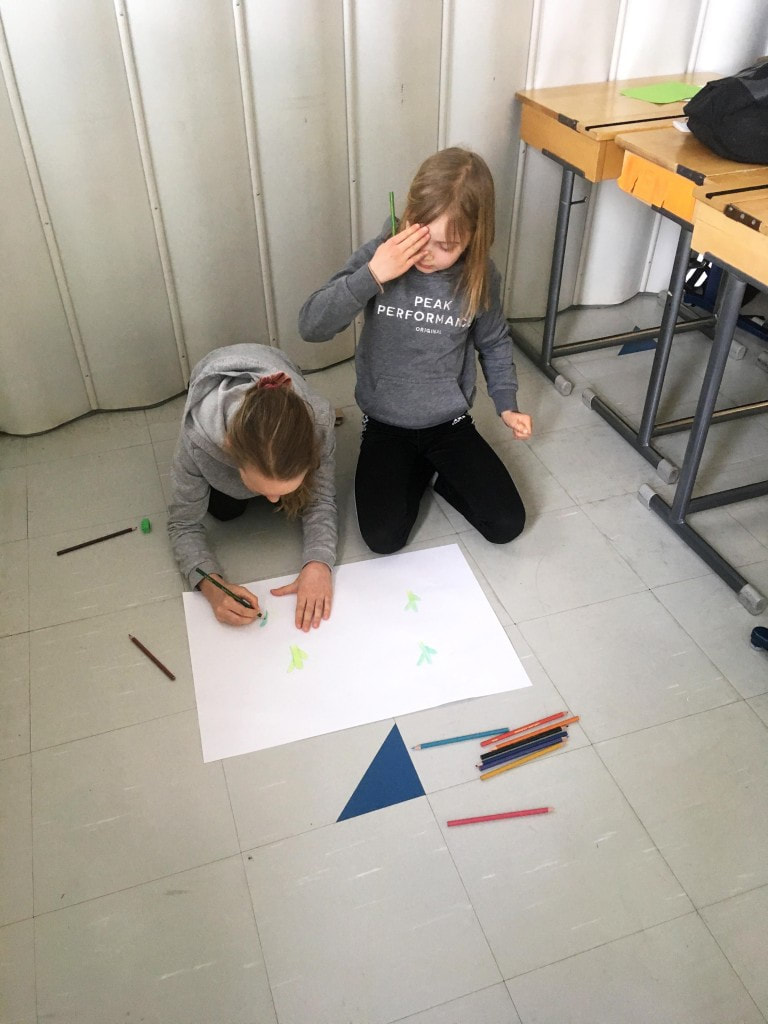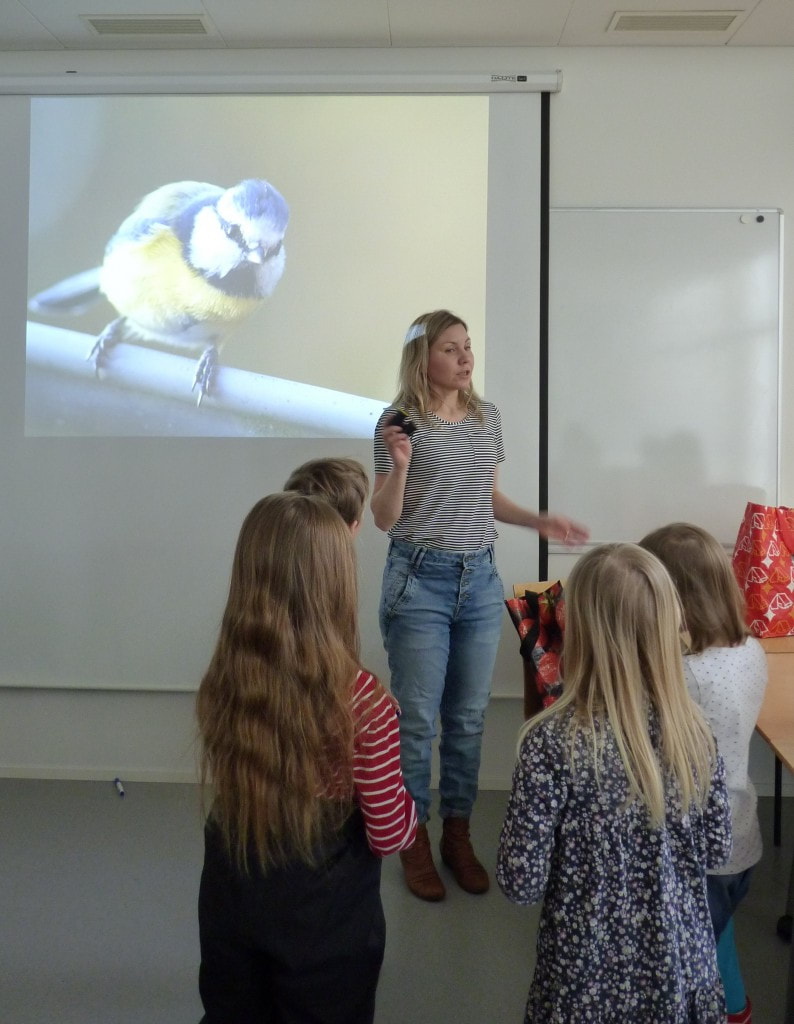Evolution of
Protective Coloration
|
The goal of the workshops is to demonstrate how warning colours and camouflage function in the wild and how one selection pressure – predation – have resulted evolution of such a wide diversity of defensive strategies on intraspecific and interspecific levels.
– – – – – – – – – |
|
Materials:
1. Interactive introduction (+ slides) about the predator-prey interactions, different antipredator strategies and examples of protective coloration (10 minutes). The goal of the introduction is to briefly describe how different type of protective colour strategies function and how predators that use vision in foraging affect the evolution of prey coloration. 2. Protective coloration game (20-30 minutes). Students will participate for an ‘experiment’ as predators which will (in most of the cases) demonstrate the avoidance learning of warningly coloured prey items. By analysing results together you can also demonstrate how scientific information is produced (data collection and data analysis). 3. Sensory signals & Strange creatures club. Art based exercises for exploring the sensory signals of the environment, and exploring how protective and warning colours could function in an imaginary flower or creature. Extra for more advanced level students: Simulations for the evolution of protective colouration. With this simple simulation provided us by Santtu Tikka from the Department of Statistics (University of Jyväskylä), students can use the mortality numbers from their game to try out how frequencies of warningly coloured and camouflaged prey items would change across generations. It is also possible to add complexity for the system by making e.g. aposematic strategy more costly to produce and maintain and then see how it affects the frequency of aposematic and camouflaged prey genotypes. Remote teaching Here you can find suggestions on how to use the materials in remote teaching, and a nature observation exercise The story of my window |
|
– – – – – – – – –
More resources and inspiration: Books * Graeme D. Ruxton, William L. Allen, Tom N. Sherratt, and Michael P. Speed: Avoiding Attack: The Evolutionary Ecology of Crypsis, Warning Signals and Mimicry. Oxford University Press. 2018. Videos Aposematism explained Tietää & Rakastaa: Colours as seen by animals (English subtitles) |
|
– – – – – – – – – –
Our materials are licensed under the Creative Commons Attribution-ShareAlike 4.0 International License: http://creativecommons.org/licenses/by-sa/4.0/. It means you can use our materials freely, but please remember to always credit our work and mention us whenever you are sharing contents of our project online: Instagram: @evolution_in_action, Facebook: @evoluutiopajat, Twitter: @EvoWorkshops. If you use our materials in teaching, we are happy to hear greetings and feedback. You can tag us on social media or send us an email: [email protected] Evolution in Action logo: jpeg, eps |

